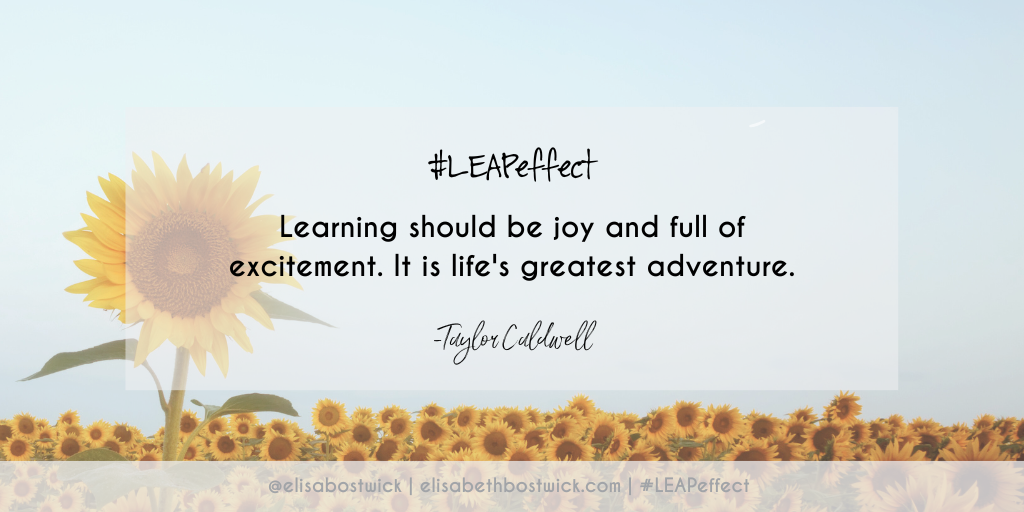Creating a Joyful Classroom

A joyful classroom environment is essential to foster positive and effective learning experiences for students. Simply put, when students feel happy, engaged, inspired and motivated in the classroom, they are more likely to thrive academically, develop a love for learning, and strive to reach their full potential. A joyful classroom can have a profound impact on students’ overall well-being and their attitude towards learning.
A joyful classroom is essential for several reasons:
- Enhances Learning: When students are in a joyful classroom, they are more open to new information and willing to take thoughtful risks such as sharing their ideas, thoughts or results. Joyful learning environments encourage creativity, curiosity, and exploration, which are fundamental aspects of learning. Students are also more likely to actively participate, ask questions, and collaborate with their peers- leading to deeper understanding and shifting short term learning to long term memory.
- Builds Positive Relationships: A joyful classroom fosters positive relationships between classmates and between students and teachers. When students feel genuine happiness and are comfortable in their learning environment, they are more likely to connect with their peers and build authentic relationships. Relationships create a sense of belonging, support, and camaraderie, which can feel inclusive. Every learner benefits from a strong sense of belonging, so exploring how we can cultivate opportunities for relationships is essential.
- Promotes Emotional Well-being: A joyful classroom prioritizes the well-being of students, recognizing the importance of social and emotional development alongside academic growth. A joyful classroom provides a safe and supportive space for learners to express their feelings, manage stress, and develop resilience. A positive climate in the classroom can reduce anxiety, increase self-esteem, and promote mental health.
- Fosters Motivation and Engagement: Joyful classrooms inspire intrinsic motivation and engagement in students. When students are genuinely interested and excited about what they are learning, they become active participants in their education. Joyful learning experiences allow students to connect their learning to real-life situations, empowering them to find personal relevance and meaning in their education. Some examples may include project-based learning, hands-on exploration or creation in makerspace. When students feel that learning is meaningful and relevant, we often inspire intrinsic motivation which fuels their desire to learn, explore, and pursue their goals.
- Encourages Risk-Taking and Growth Mindset: In a joyful classroom, students are encouraged to take risks, make mistakes, and embrace challenges. They understand that failure is a natural part of the learning process and that it is an opportunity for growth. This mindset shift from a fear of failure to a focus on growth cultivates resilience, perseverance, and a willingness to step outside one’s comfort zone. Students become more confident learners who are not afraid to tackle difficult tasks and persist in the face of obstacles.
- Improves Academic Performance: Ultimately, a joyful classroom environment positively impacts students’ academic performance. When students are happy, motivated, and engaged, they are more likely to perform well academically. They learn effectively and develop critical thinking skills, too. A joyful classroom cultivates a love for learning, which extends beyond the classroom walls and creates lifelong learners.
A joyful classroom is essential for creating a positive learning environment. It nurtures students’ emotional well-being, builds positive relationships, fosters intrinsic motivation, and promotes academic growth. By prioritizing joy, we can create a space where students thrive, discover their passions, and reach their full potential. Together let’s strive to cultivate joy, enthusiasm, and a love for learning in our classrooms!

